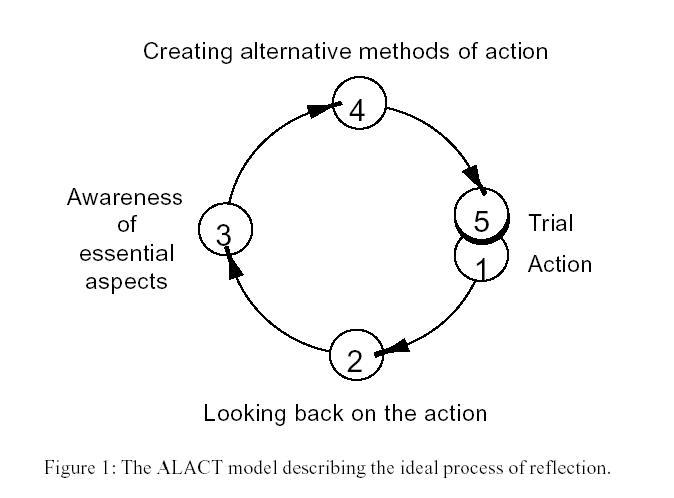The first of several posts, each relating to a different unit of study at Curtin
Introduction
Over the past two years, students in Internet Studies, Curtin University studying the BA (Internet Communications) and related courses have been doing a lot of authentic assessment involving online activities. These assignments are authentic in that they are ‘true’ to the content of their studies (that is, aligned with the outcomes), ‘ real’ within the likely fields of employment for graduates, and ‘natural’ for the the emerging dominance of knowledge networking in society. More on these three variations on authenticity in a moment.
Not all assessments fit this pattern (nor should they), but we have seen significant improvements in the motivation of students to complete and exceed the requirements of assignments, as well as a greater degree of creativity and expression suggesting deeper engagement with learning. It has also, we think, improved students’ attention to more scholarly traditional assignments (such as essays) because of the variety we engendered across all assignment tasks. (And, it should be noted: essays are authentic – to the lifeworld of academic which also remains important as well as work and elsewhere).
Much of what makes these assessment approaches authentic is that they are public. Here, then, are some examples which suggest some of the value of embracing public knowledge networking as the basis for assessment, at least in courses that involve digital media and communications but, most likely, in any course where students need to work with, communicate and reflect on knowledge and, in doing so, become producers, not just receivers.
Web Communications 101 (WEB101)
A major component of the assessment in this unit is a ‘web presence’. More than a website and blog, a web presence interlinks a central node with linked services and nodes to expand the digital footprint of a user and established their online identity. The negotiation and communication of identity is central to this unit: it’s not just ‘how to blog’.
A very small number of examples of these web presences are:
Over 400 students have taken the unit: sorry, can’t show them all. In particular, look at how some students have made their web presence almost entirely ‘real’, with bare hints of what it connects to (their study); others have not. Some students, as evidenced by these presences, are now using them as part of other units of study too.
Note that students happily created their own informal, computer-mediated network spaces such as Web101 – Curtin University | Facebook; and staff teaching also use the web as it was intended – free and rapid information exchange – to support this unit: Web101 Assignments FAQ.
A big part of the unit also involves the use of twitter: see the most recent Twitter search; delicious is also used.
Please look at “I Tweet Therefore I am?” by Dr Tama Leaver, chief architect of the WEB101 learning experience.
———————————-
As I have argued elsewhere: the authenticity of these assessments is not a simple ‘flip’ from artificial academic work into ‘real’ web work. They are a negotiation and a compromise in which equally valid requirements from both knowledge networking and education are brought into a creative and productive tension. In the next instalment, I will provide some examples of what happens for students in the followup unit to WEB101.
